Source: El Períodico de la energía
Photo: Youtube Heliogen
Translation: ACSP (If you find any mistake write to [email protected])
Rio Tinto, the Anglo-Australian mining giant, will test a new solar thermal technology backed by Microsoft founder Bill Gates at one of its mines in California. The company seeks to reduce its emissions by 15% over the next decade.
The technology, developed by Californian startup Heliogen, uses mirrors and a tower receiver to heat molten salt, which is then used to create steam to power a turbine. Unlike solar photovoltaic technology, solar thermal power, also known as concentrated solar power (CSP), can store the sun’s energy in molten salt for use at night or on cloudy days.
Heliogen says its technology is better than other CSP methods because it has managed to concentrate solar energy to overcome temperatures of more than 1,000 degrees Celsius, which it calls a “singular scientific achievement.” “At that temperature, Heliogen can replace the use of fossil fuels in critical industrial processes, including the production of cement, steel and petrochemicals, dramatically reducing greenhouse gas emissions from these activities,” the company says.
CSP remains a niche technology, with about 7 gigawatts of projects worldwide, or about 1 percent of the world’s total solar capacity. Despite being overshadowed by cheap solar PV, CSP technology continues to evolve. Rio Tinto’s initial trial of Heliogen’s technology will have a negligible effect on the company’s emissions. At the moment the borate mine in question is completely gas powered and this would continue to a large extent as CSP will only reduce emissions by 7%. However, Rio Tinto says it will consider expanding the CSP facility to reduce emissions by 24%. It could then be rolled out on a larger scale and put more of a dent in the company’s carbon emissions, which total more than 550 million tonnes a year in scopes 1, 2 and 3.
Rio Tinto plans to reduce its scope 1 and 2 emissions (direct use and electricity) by 15 percent from 2018 levels by 2030. It says this target is in line with the 45 percent reduction recommended by the Intergovernmental Panel on Climate Change at 2005 by 2030 levels, because it has already reduced its emissions by 30 percent from that starting point. However, that target does not include the scope 3 emissions that are created when Rio Tinto’s customers melt their iron ore to make steel. Scope 3 is by far the largest contributor to Rio Tinto’s emissions, accounting for a staggering 519 million tons of carbon dioxide equivalent annually. That’s almost 16 times its scope 1 and 2 emissions, which are 31.5 million tons per year. Rio Tinto says it is addressing scope 3 emissions by helping customers find low-carbon alternatives to coking coal in the steelmaking process, the most promising of which is renewable hydrogen. Rio Tinto CEO Jakob Stausholm said the Heliogen deal had “the potential to reduce our emissions at Boron through the use of this innovative solar technology, and we look forward to exploring opportunities in our global portfolio. Tackling climate change effectively will require companies, governments and society to work together through partnerships like this one, to explore new innovative solutions throughout the value chain. And he concludes: “Our work with Heliogen is part of Rio Tinto’s commitment to spend approximately $ 1 billion on emissions reduction initiatives through 2025 and our commitment to work with the world’s leading technology providers to achieve this goal.”

